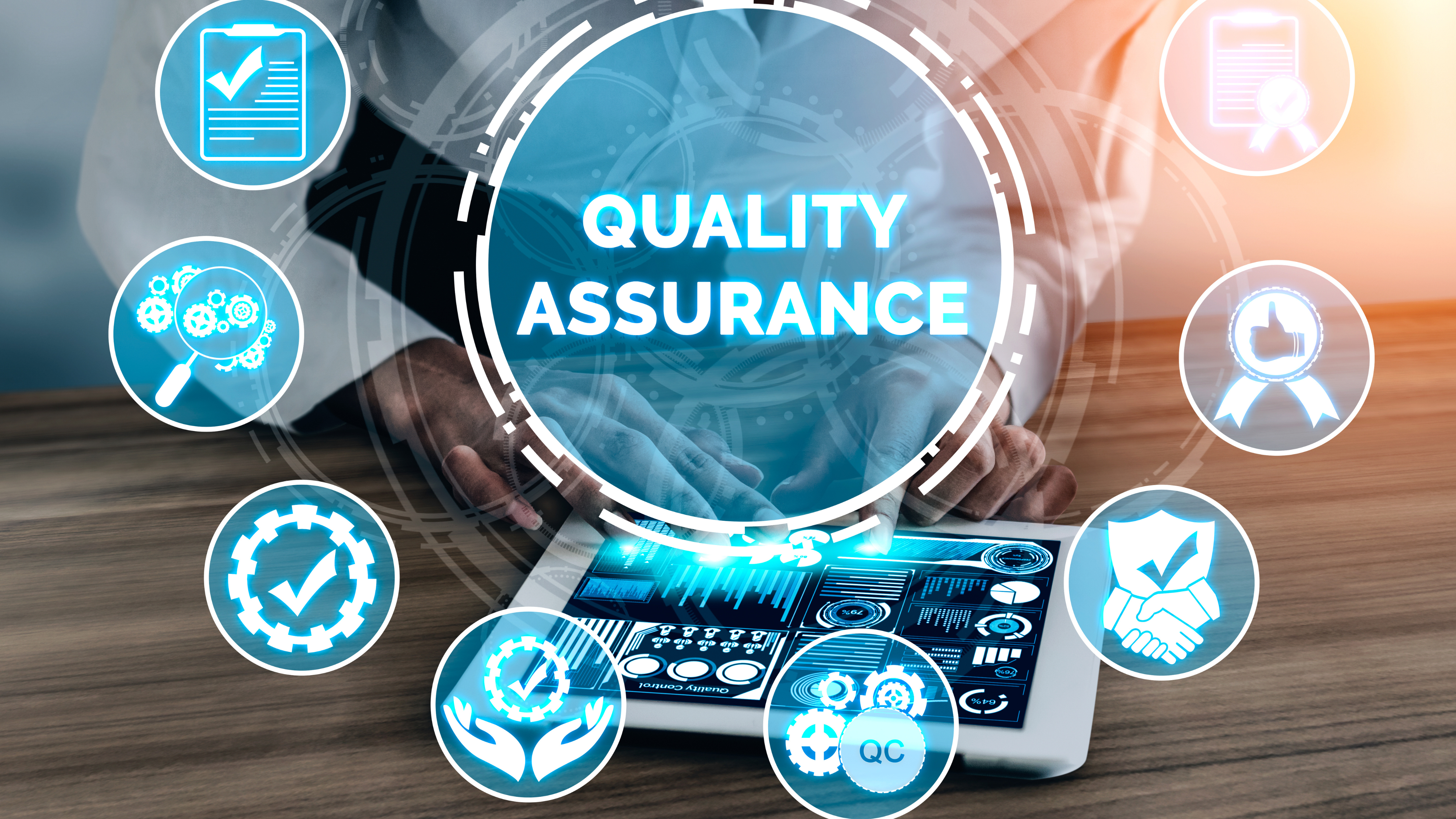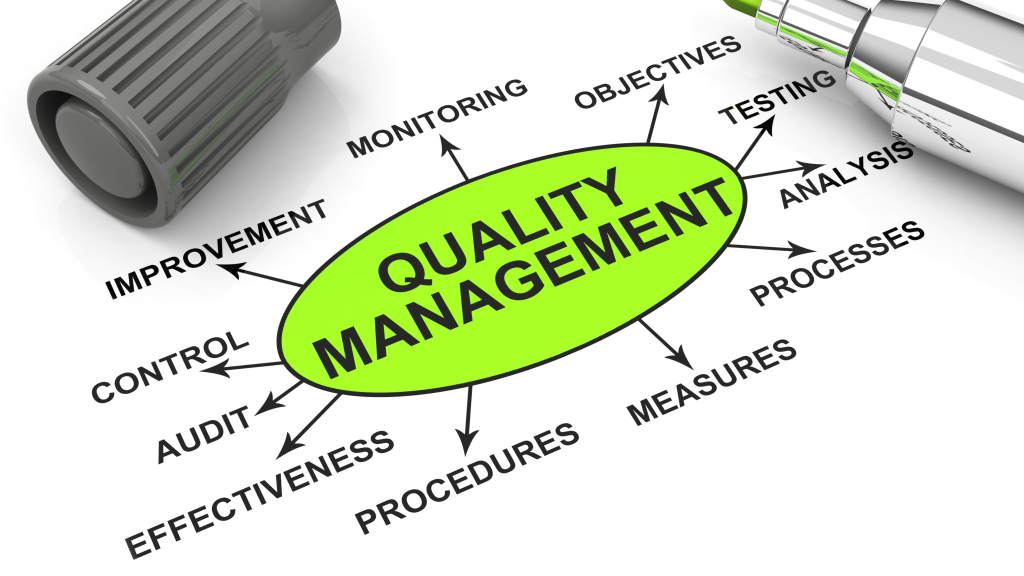Quality assurance and quality control are two essential components of project management that work together to ensure that the final product or service meets an organization’s required quality standards. Together, these processes ensure a project is completed on time, within budget, and to clients’ satisfaction.
This article will discuss the key aspects of quality assurance and quality control, including their definitions, processes, and benefits. We will also explore the differences and their role in the project management process. Whether you’re a project manager, team member, or business owner, understanding the importance of quality assurance and quality control is crucial for the success of your project.
What is Quality Assurance?
Quality Assurance, as defined by PMI, is the set of managerial processes that establish a project’s organization, design, objectives, and resources. These processes also provide performance standards and feedback to the project team, client, and shareholders. They also aim to prevent mistakes and ensure that project requirements and expectations are met.
The Quality Assurance process begins early in a project and continues throughout its entire lifecycle, sometimes even after the project is delivered.
Quality Assurance activities include:
- Developing a Quality Assurance Plan which requires project managers (or project associates) to:
- Determine quality goals based on the project requirements and expectations.
- Define compliance criteria.
- Define metrics and measurements.
- Audit Project Quality: Review quality metrics against the quality baseline to determine if there are inefficiencies or defects.
- Analyze Project Quality: Define necessary improvements to the Quality Assurance Plan based on findings from audit activities.
Some examples of Quality Assurance methods:
- Checklists: A Quality Assurance Checklist is a tool businesses use to confirm that their products conform to quality standards. It is also referred to as a quality control checklist or inspection criteria sheet, and it includes a list of items that need to be examined.
- Audits: The audit aims to assess the organization’s adherence to established quality regulations and customer expectations. An audit for quality assurance is a documented procedure carried out systematically and in a planned manner by qualified individuals who are not involved in the organization being audited.

What is Quality Control?
PMI states, “Quality Control is the technical processes that examine, analyze, and report the project’s progress and conformance with performance requirements.”
Quality Control is a key aspect of the project management process. It involves monitoring and recording whether a product or service meets the quality standards defined in the project’s Quality Assurance Plan.
Examples of Quality Control methods include:
- Product Testing and Evaluation: This method involves evaluating a product or service through a series of tests to determine if it meets the specified quality standards. This method is used to identify defects, problems, or issues with the product and to ensure that the final product is fit for its intended use and meets the customer’s requirements.
- Inspection: This quality control method involves the examination of a product or service to ensure it meets the specified quality standards. It can be performed at different stages of the product development process. A project manager must check the product or service against predefined standards and record any issues. The inspection aims to identify and correct quality issues as early as possible in the project management process.
- Data Gathering: This method involves collecting and analyzing data related to a product or service to determine if it meets the specified quality standards. Data can be collected through customer feedback, surveys, testing, or observations. This method is used to identify patterns or trends in the data that can indicate quality issues or areas for improvement.
Why are Quality Assurance and Quality Control important in project management?
The primary objective of implementing Quality Management, which encompasses both Quality Assurance and Quality Control, in project management is to guarantee that the products and services delivered meet the expectations and requirements outlined in the Quality Management Plan. This approach ensures that the final product is of the required quality and brings several benefits.
What are the benefits of Quality Assurance and Quality Control?
By ensuring that the products and services meet the standards set out in the Quality Management Plan, the organization can increase customer satisfaction by providing them with a product or service that meets their expectations. Additionally, delivering quality products and services can lead to increased productivity, reducing the need for rework and improving efficiency. Furthermore, organizations can achieve financial growth by reducing costs associated with product defects and enhancing customer satisfaction.
What are the differences between Quality Control and Quality Assurance?
Quality Assurance and Quality Control are two important concepts in project management that are often used interchangeably, but they have distinct differences. To remember the difference between the two, think of Quality Assurance as “Assuring” that project quality requirements are being achieved and Quality Control as “Controlling” by implementing quality steps and actions.
Quality Assurance is a proactive process that puts measures in place to prevent defects from occurring. This process begins early in a project, generally during the Planning Phase, and it is focused on ensuring that standards are put in place based on the project requirements. Quality Assurance is process-oriented and is designed to ensure that the project is completed to the required standard.
On the other hand, Quality Control is a reactive process that puts Quality Assurance tools into action to identify defects. Quality Control does not begin until the Execution phase of a project since it is dependent on Quality Assurance. Quality Control is product-oriented and focuses on inspecting deliverables to be sure they meet the standards provided by the Quality Assurance processes. It is important to ensure that the final product or service meets the customer’s requirements and is of acceptable quality.
In summary, Quality Assurance and Quality Control are two critical aspects of project management that work together to ensure the final product or service meets the required quality standards. Quality Assurance focuses on preventing defects, while Quality Control focuses on identifying and taking corrective action to fix them.
What types of questions will I find about Quality Assurance and Quality Control in the CAPM or PMP exam?
Quality Management Topics make up 10% of the CAMP and PMP Exam questions. Below we’ve shared two examples of Quality Management Questions that may be found on the CAPM and PMP Exams:
You are the program-level manager with several project activities underway. In the executing process group, you begin to become concerned about the accuracy of progress reports from the projects. What would BEST support your opinion that there is a problem?
- Quality Audits
- Risk Quantification Reports
- Regression Analysis
- Monte Carlo Analysis
The answer is A. Quality audits. If you reread the second sentence, it says that you are concerned about the accuracy of progress reports from the project. To check whether the standards of your organization have been applied in the projects you are responsible for, you can conduct a quality audit and find out whether there is a problem. Therefore, here the best answer is A, Quality Audits.
What is the difference between the Control Quality and Manage Quality processes?
- They do essentially the same thing except that Manage Quality is performed by independent auditors and Control Quality is performed by project team members.
- Manage Quality is conducted at the time of project planning to ensure quality requirements are in the project plan. Control Quality is done as part of project closeout to ensure the work has been done correctly.
- Manage Quality ensures the correct standards are used, and Control Quality ensures the results meet the standards.
The answer is C. Managing, and controlling quality may be performed by many different individuals within a company, not limited to independent auditors or project team members. Managing and controlling quality is also not dependent on a project phase. This eliminates both answers A and B. Answer C correctly states the difference between the Manage Quality and Control Quality processes.

Are you striving to master the fundamentals of project management?
It is essential to comprehensively understand various project management principles to become a certified project manager and pass the CAPM exam. Earning a project management certificate is an effective way to acquire a wide range of project management skills and prepare for the CAPM exam.
Pathstream offers comprehensive training and resources to help you learn the necessary skills for project management roles and guide you through your career. Contact us today to learn more about our program and how we can assist you on your journey to becoming a certified project manager.
Was this helpful?
Thanks! What made it helpful?
How could we improve this post?





